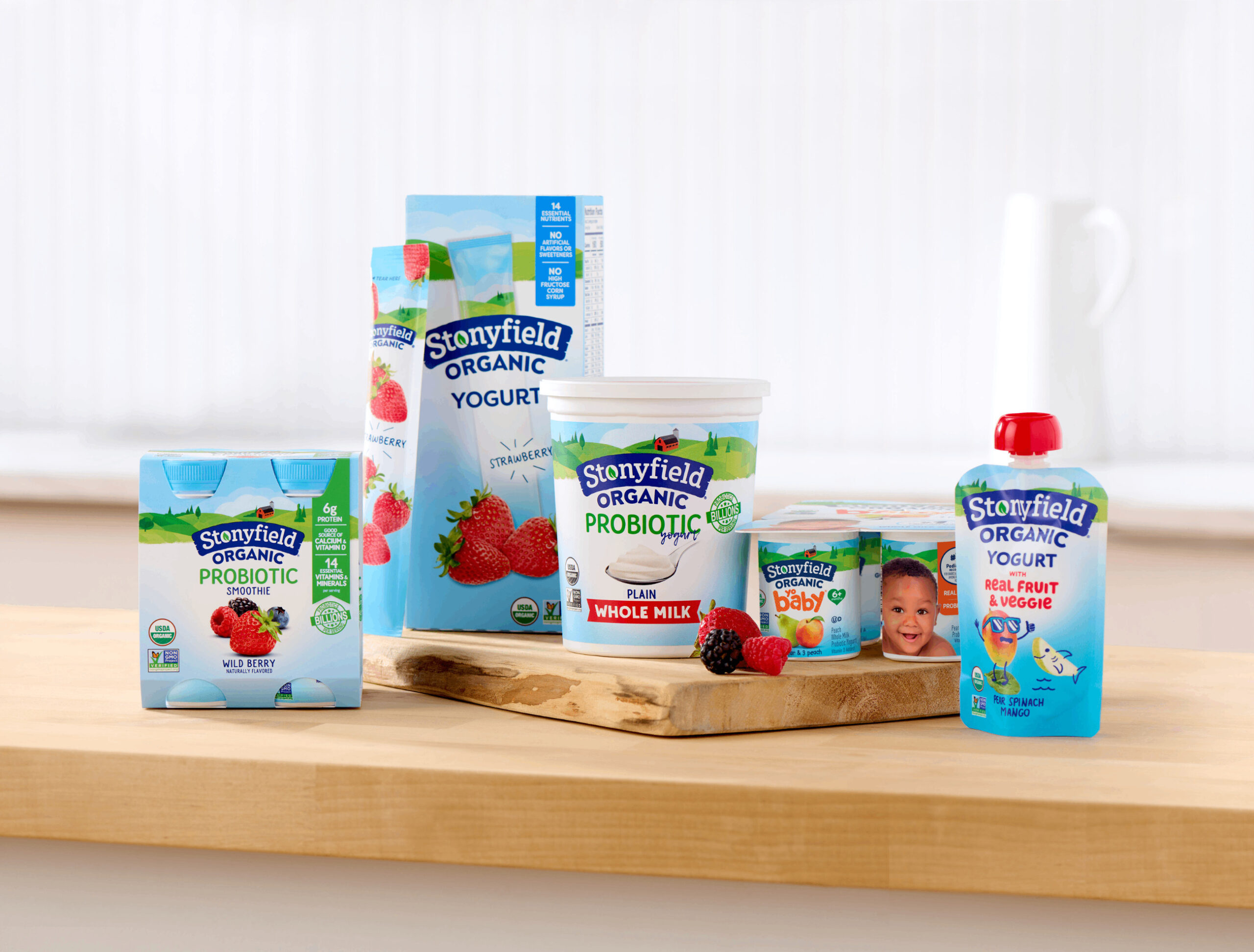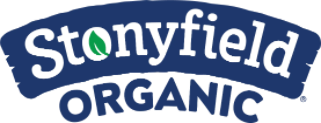What You Get When You Get Certified Organic
August 22, 2013
webmaster@push10.com

One of the best things about getting organic food is what you don’t get. Choosing certified organic is a simple way to be sure your food was produced without the use of toxic persistent pesticides, artificial hormones, antibiotics, genetically modified organisms (GMOs), sewage sludge or irradiation.
The “USDA Organic” seal also tells you that any animals involved in producing your food were treated according to USDA organic livestock living condition standards. Organic dairy cows, for example, don’t live in crowded, unsanitary feed lots, and they spend at least 120 days per year grazing on pasture.
Reading organic labels
There’s more meaning conveyed by organic food labels than first meets the eye. Here are some particulars to help you decipher the lingo:
Products labeled “100% Organic” contain 100% organic ingredients.
Products labeled “Organic” contain a minimum of 95% organic ingredients, and the remaining 5% are produced using no GMOs, sewage sludge or irradiation.
Products labeled “Made with Organic Ingredients” contain a minimum of 70% organic ingredients, and the remaining 30% are produced using no GMOs, sewage sludge or irradiation.
Products with less than 70% organic ingredients may list organic ingredients on the package’s side panel, but may not make any organic claim on the front of the package.
Everything we make is certified organic
Our yogurts and other foods are labeled “organic” (rather than “100% organic”) because a small amount of our ingredients (5% or less) aren’t available in organic versions in sufficient quantity, quality or form.
But even the tiny amounts of nonorganic ingredients we use are not produced with the use of genetic modification, sewage sludge or irradiation.
